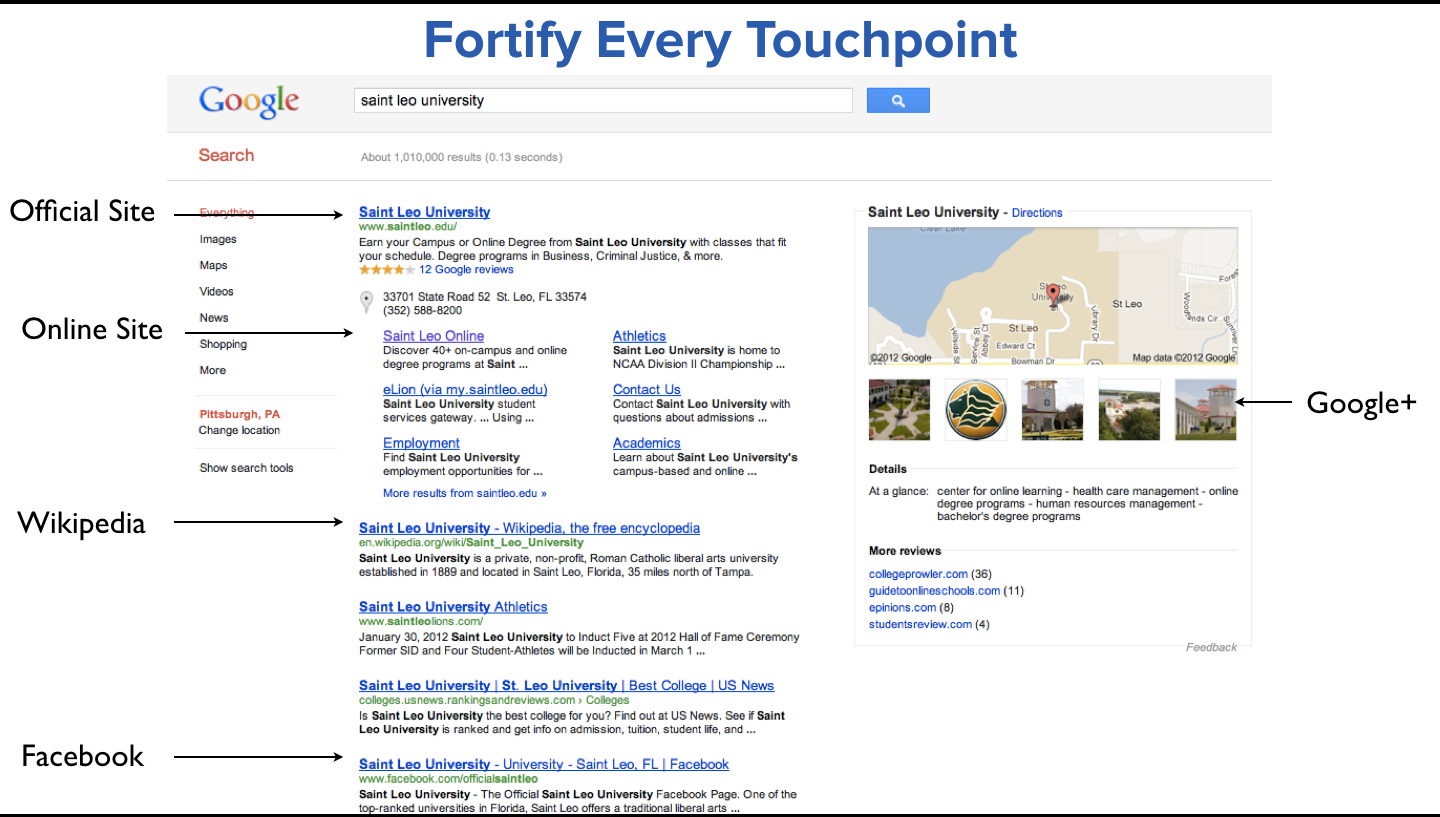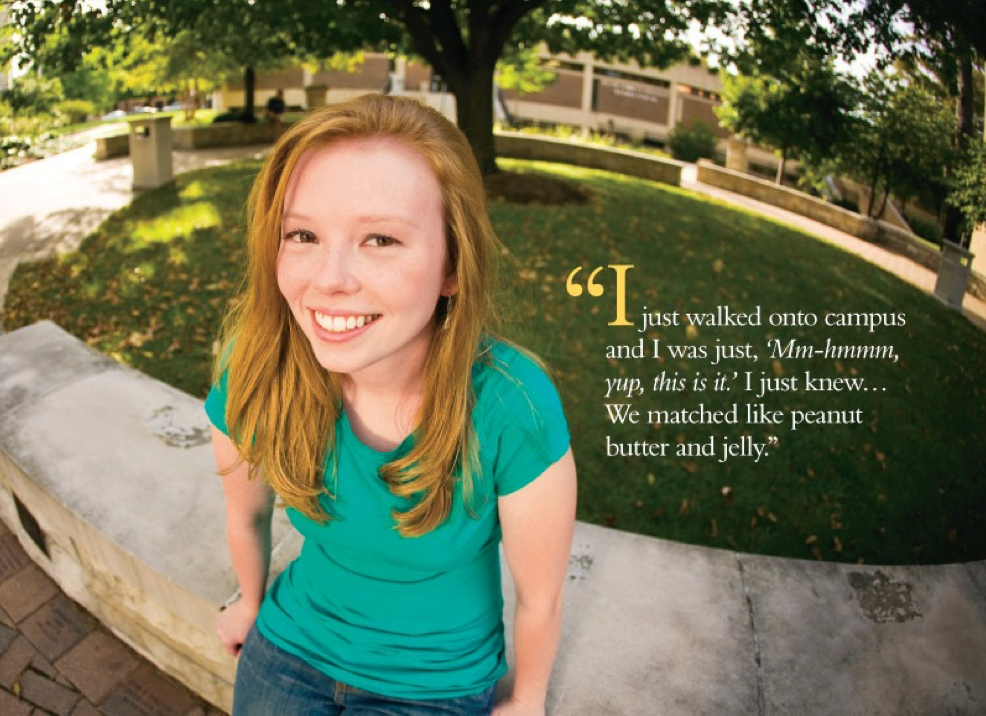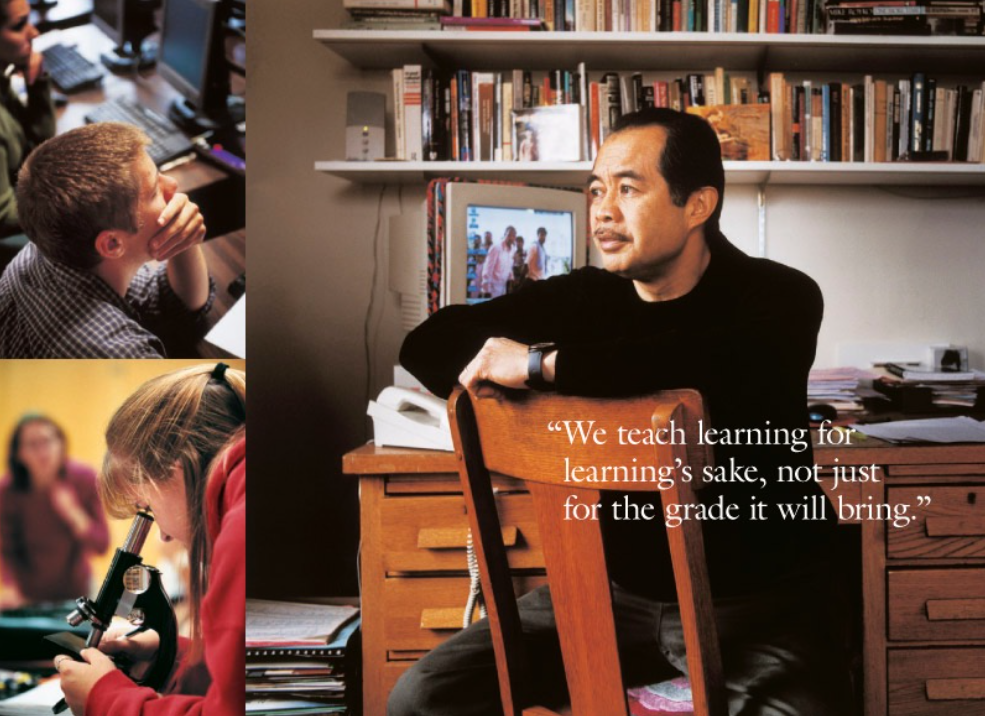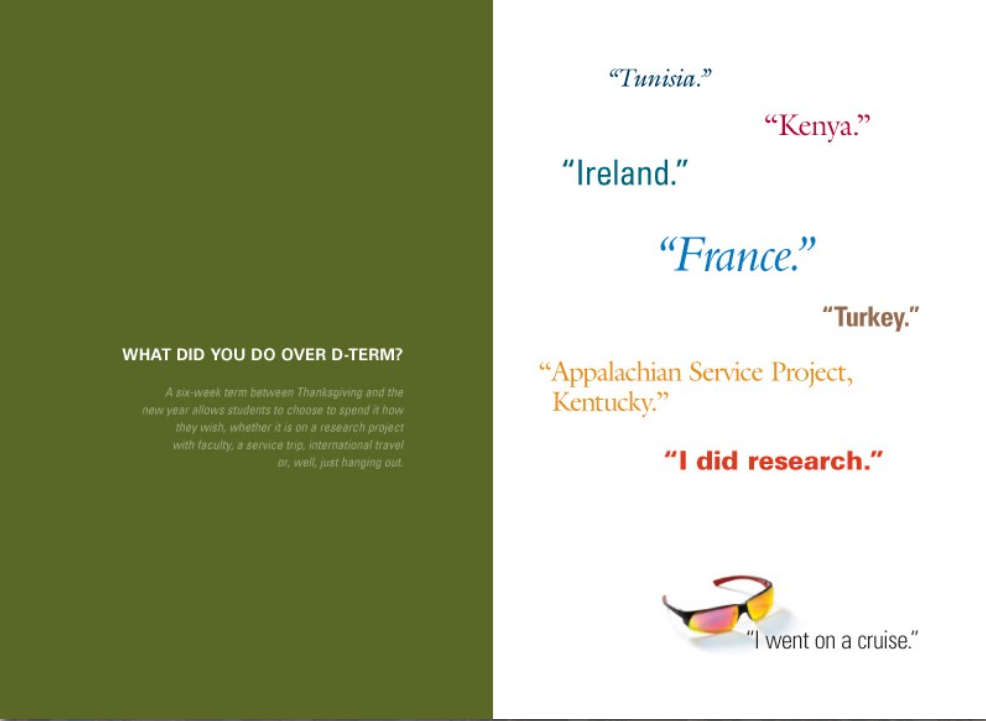| Apr 9, 2017
12 Strategies for Improving Admissions Yield

For tuition-dependent colleges, enrolled students hold the key to their survival and prosperity. Student deposits are moments of truth for presidents and vice presidents of enrollment. Cash coffers are either replenished or not. Last minute surprises arising from unexpectedly low yields can cause a ton of angst. This is why successful colleges employ intentional strategies to woo students and increase their admissions yield.
“Admissions yield” is the percentage of admitted students who enroll at a university. Prestigious colleges have yield rates ranging from 55%-85%, while the national average for college yield hovers around 30%. However, yield rates have been declining across the board with the implementation of platforms like the Common App, which allow high school seniors to apply to dozens of colleges by simply checking off boxes. With skyrocketing tuition, parents are increasingly comparison shopping for the best financial aid package for their children.
Here are 12 strategies that can help colleges improve their admissions yield:
1. Creating Conditions for Prospects to Raise Their Hands First: Prospective students who “discover” and seek out a college are far more likely to enroll than students a college pursues. To make it easy for prospective students to raise their hands first, a college must ensure that its online presence is both visible and high quality. This means that a college website must be ranked on page one of Google for relevant keywords and its social media posts are engaging enough to be liked and shared. Smart colleges are unapologetic about celebrating their culture, school spirit, thought-leadership, students, alumni, faculty and involvement in communities.
2. Ensuring All Marketing Touch Points Are Right, Tight and Bright: There are many elements that play a part in elevating brand perceptions: a strong responsive website, engaging social media channels, a crisp Wikipedia page, compelling reviews and favorable ratings. As an example, when we worked with Saint Leo University, we made sure that a prospect saw a consistent, positive message no matter where they entered the brand.
Equally important is the impression that college facilities and grounds make on prospects, their families and their friends during campus visits. To engender trust, make your facilities and grounds beautiful, clean and orderly.
3. Increasing Face-To-Face Contact and Enhancing the Quality of Interactions: A combination of college visits, alumni outreach, and admitted student days will improve your yield. Students remember a college that reaches out to them in a caring and personal manner. Colleges are working hard to ensure each point of contact is curated and orchestrated perfectly so it is impeccable.
4. Offering Early Decision: Preferential consideration for admissions, priority in receiving financial aid, and getting choice housing are among the reasons why some students will choose to apply for early decision to colleges. Colleges who don’t offer early decision or early action application options are missing out on these early commitments and deposits.
5. Influencing Parents: Perhaps the most important influencer in the admissions decision is the parent. This is why colleges are courting parents so they can help their children make the fateful decision.
6. Building Admitted Student Communities: Creating Facebook groups, custom apps or closed communities are now commonplace; these enable incoming students to create friendships and bonds with their peers before they come to Admitted Student Days and Student Orientation. These communities ease the anxieties that accepted students may feel in their decision and provide confidence in their choice. Almost all colleges offer platforms for new students to interact with each other.
7. Giving Gifts: Some schools will send t-shirts, hats, pens, calendars, etc. as part of the acceptance package, but this only works if it is done in good taste and not as a high-pressure tactic.
8. Fostering Conversations: A college should nurture contact between prospective students and current students, faculty and alumni. A community reaching out to welcome new students creates a sense of belonging before the students even set foot on campus.
9. Deploying Integrated Yield Strategies: A combination of phone calls, personalized letters, responsive emails, yield brochures and online landing pages gives students the closing argument for choosing a college. However, at this late stage of decision-making, most successful colleges appeal to the heart. We have launched half a dozen admissions yield pages. Take a look at the William Woods University yield page we created, which distills the argument for “Why William Woods?”
10. Sharing Student Voices: The most effective “closing” piece we’ve ever seen is a yield booklet we created for North Central College. It was a 100-page coffee-table booklet called iSpeak, which contained beautiful photographs and authentic quotes from current students. It was designed to appeal directly to the hearts of admitted students. See the cover and some spreads below:
11. Creating Fun Experiences: Unexpected and fun yield strategies will always outperform expected ones. For instance, Park University sent an eyepatch with a hashtag asking accepted students to post a selfie while wearing it. Harvey Mudd sent a deck of playing cards with fun school facts on the back of the cards.
12. Creating Microsites That Give Reasons To Enroll: Here is a cool Wellesley microsite that gives 100 reasons why a prospect should consider enrolling.

If you are a college thinking about improving your admissions yield, don’t forget the fundamentals i.e. making students and parents feel special and important, treating people with the utmost dignity and respect, personalizing communications and building individualized relationships. Know that applicants who live nearby will yield better than those who live further away, paper apps will yield better than online apps and a nominal application fee increases commitment.
If you would like an admissions marketing services partner who goes beyond best practices to improve college admissions yield, please contact us.










